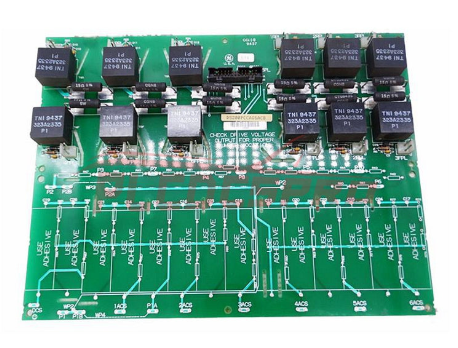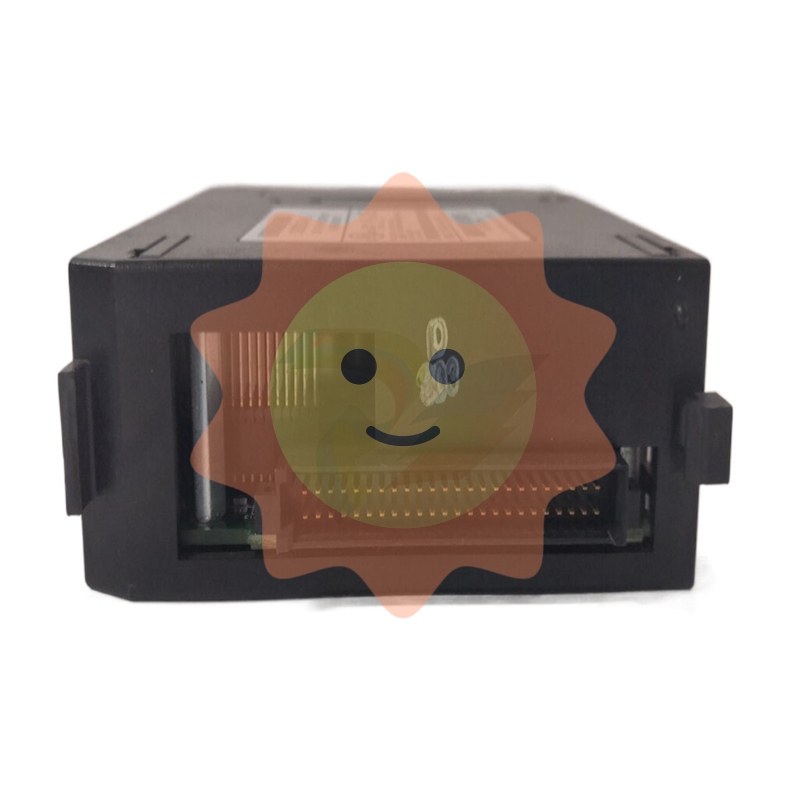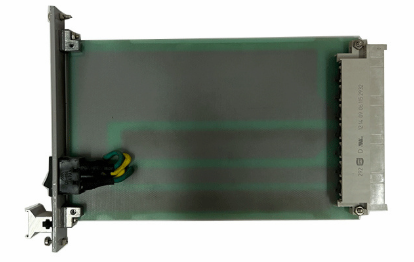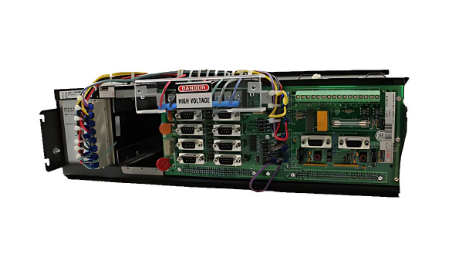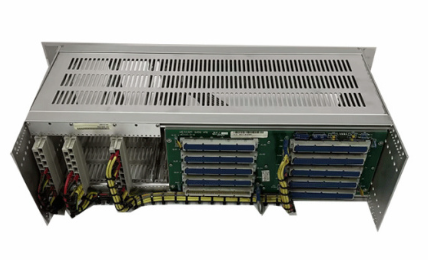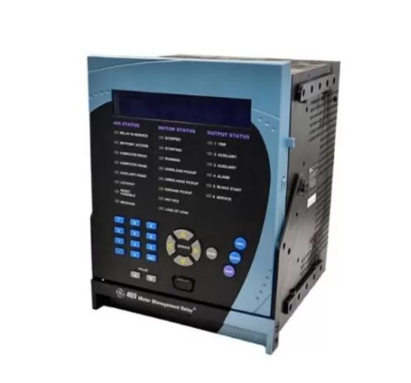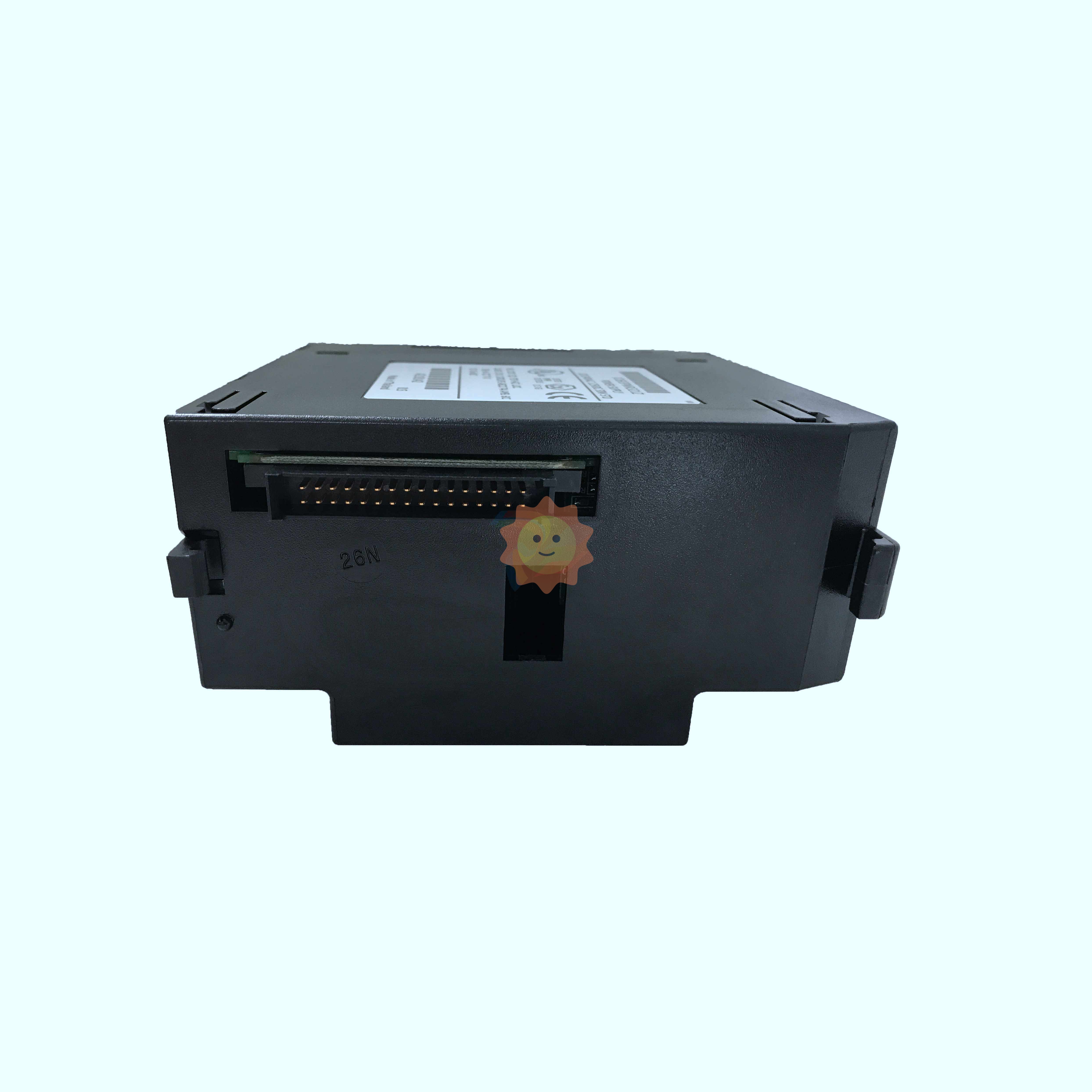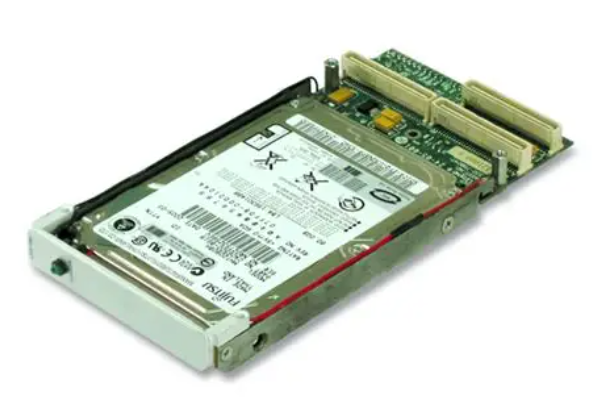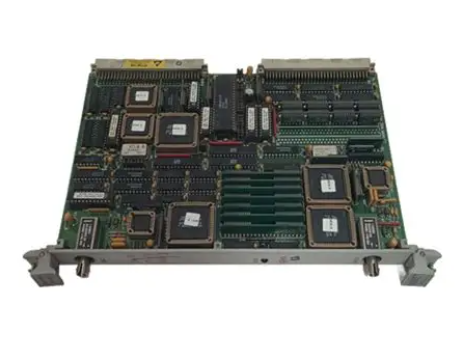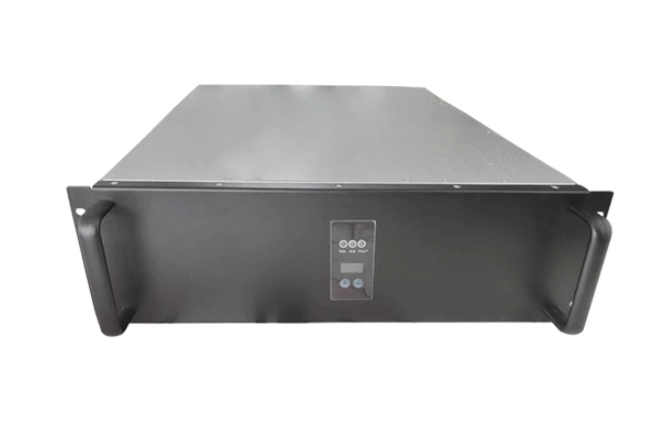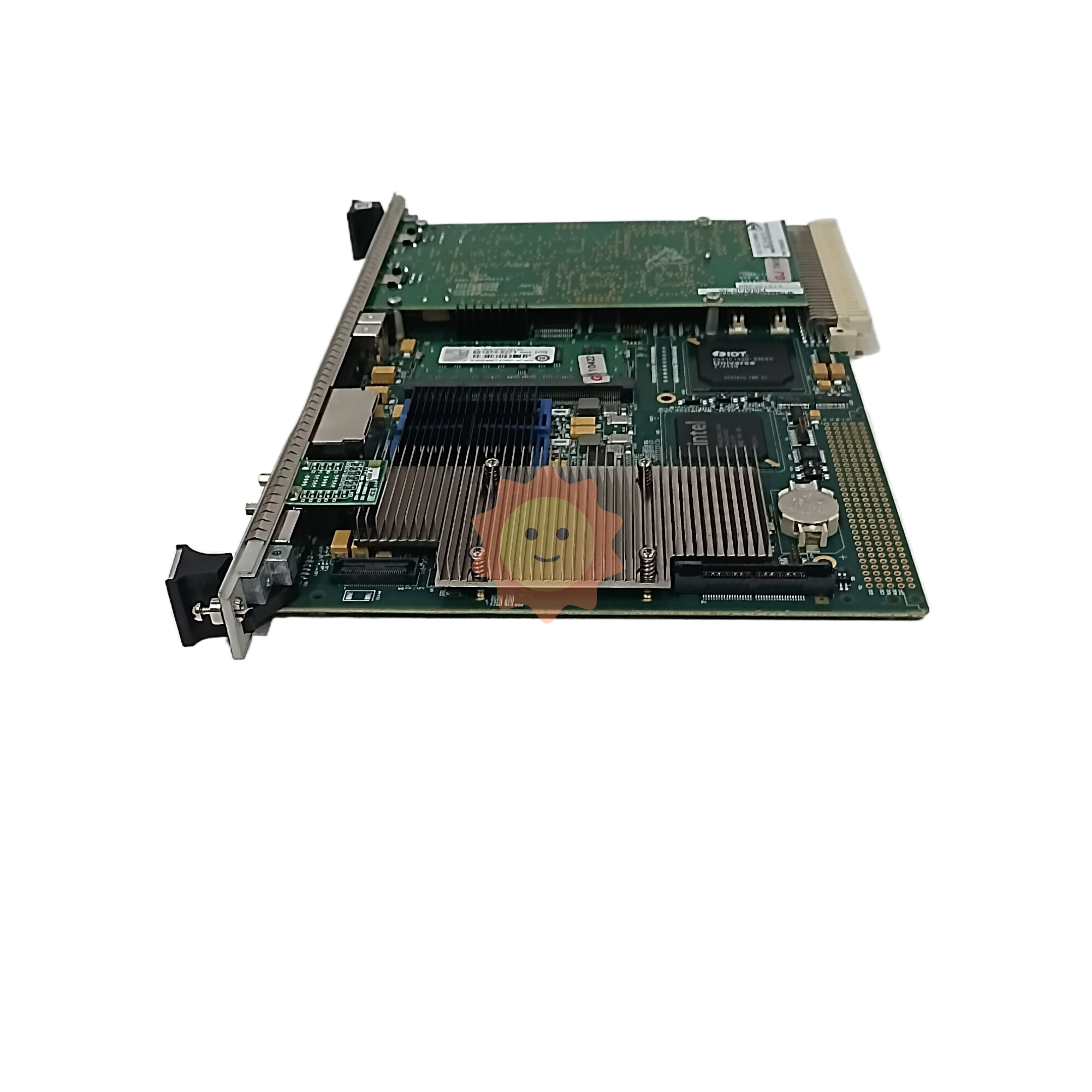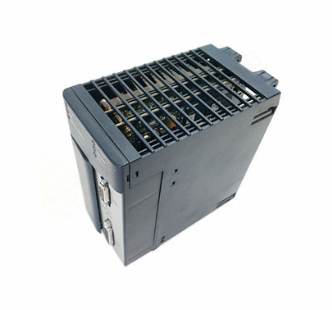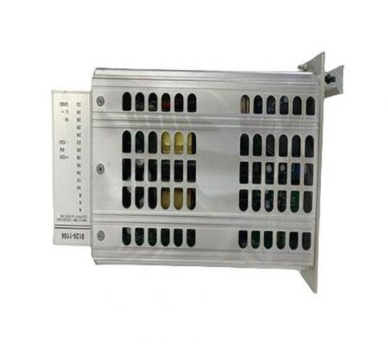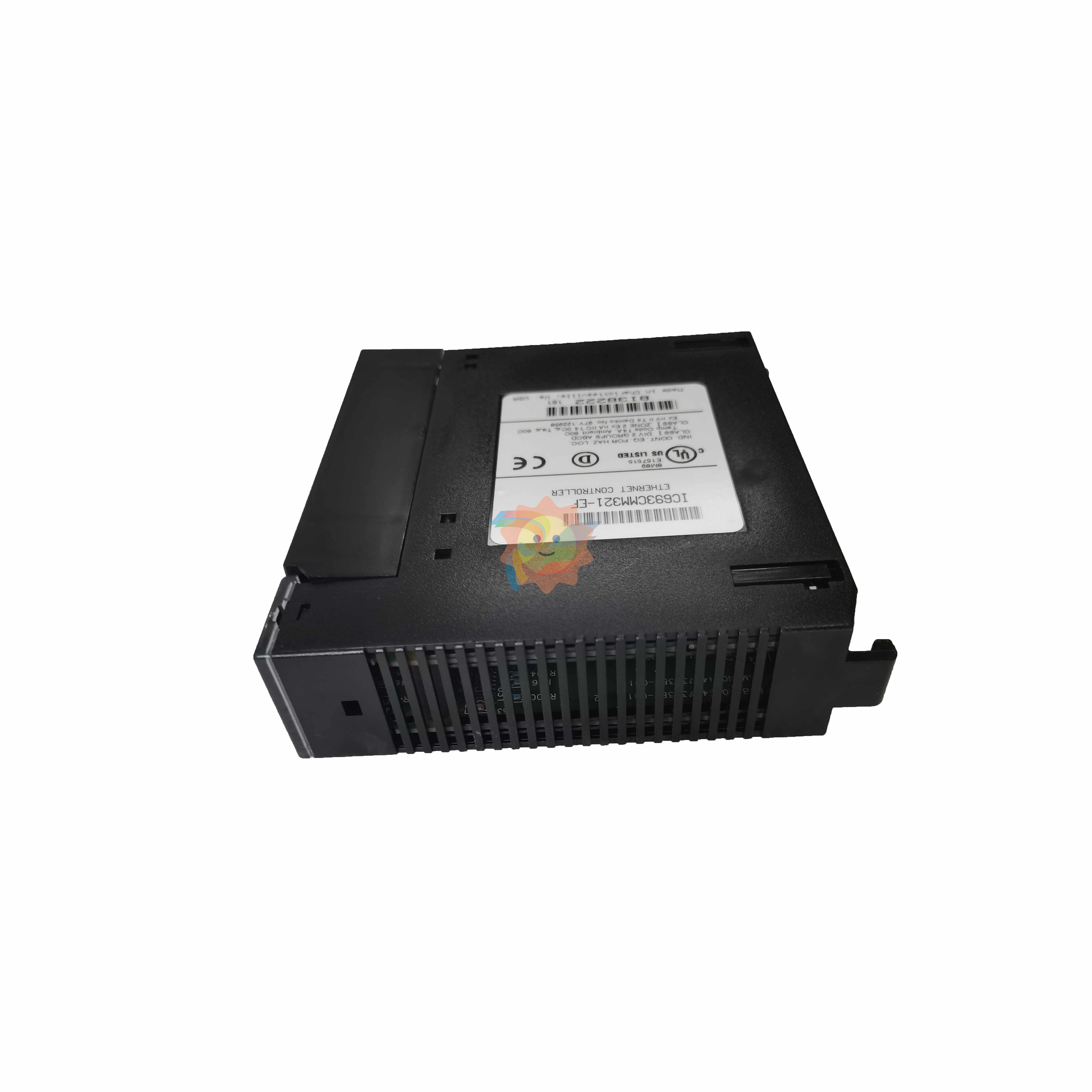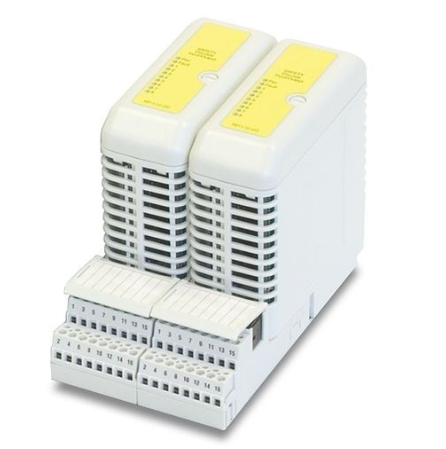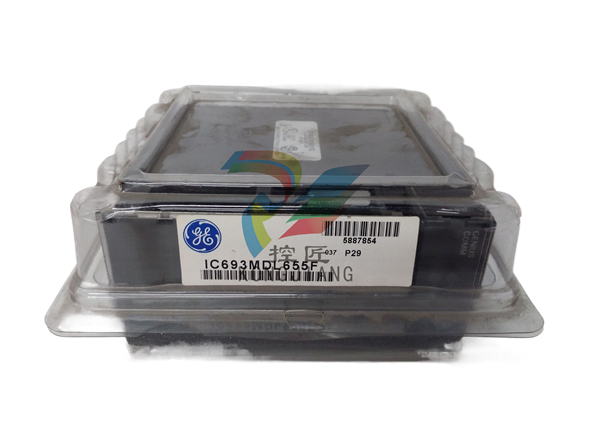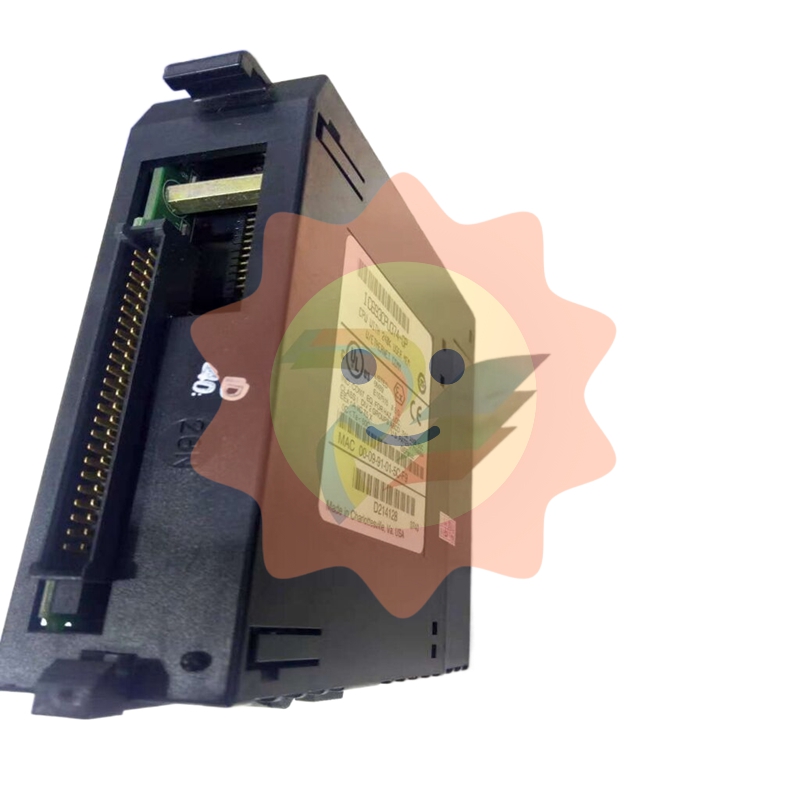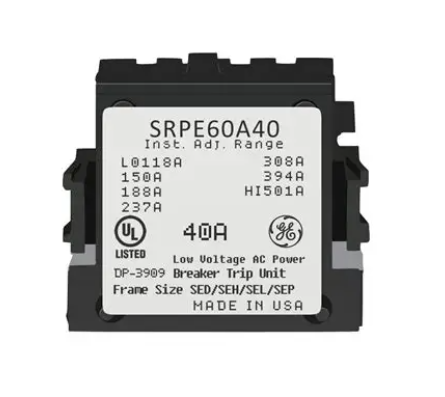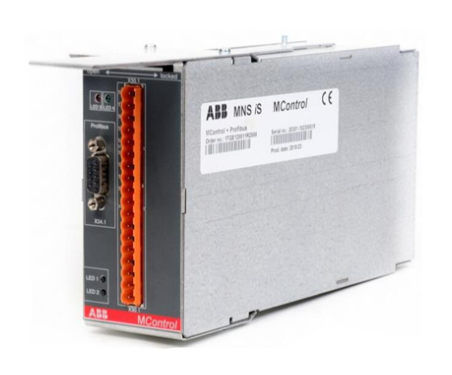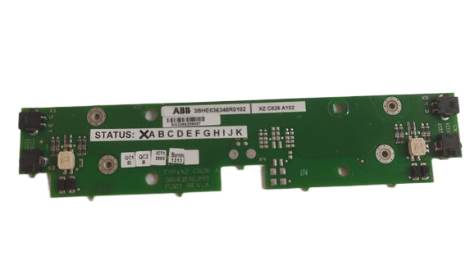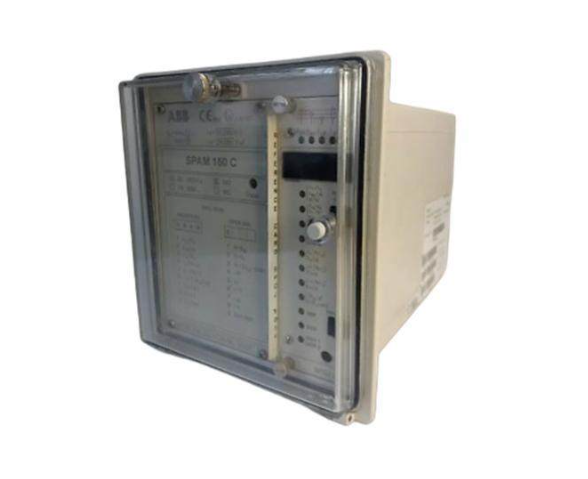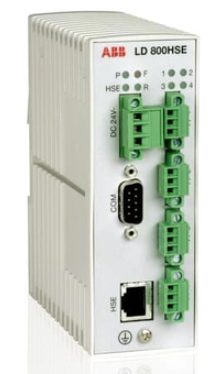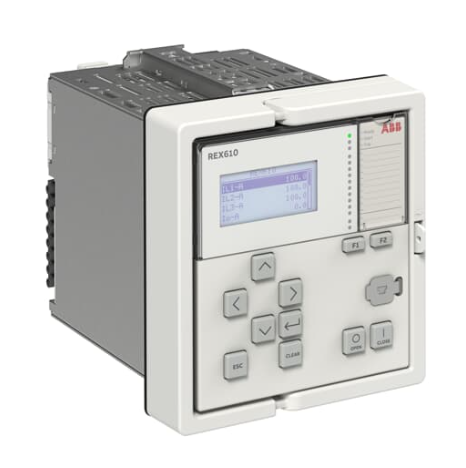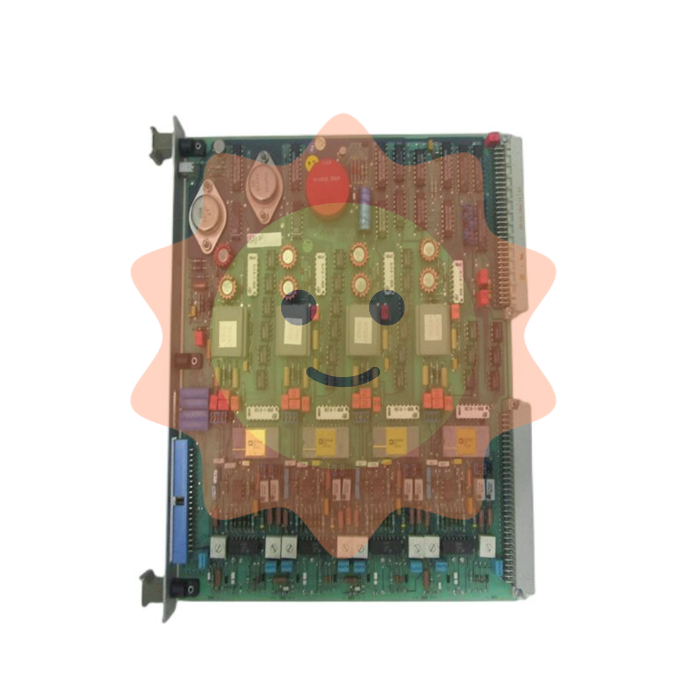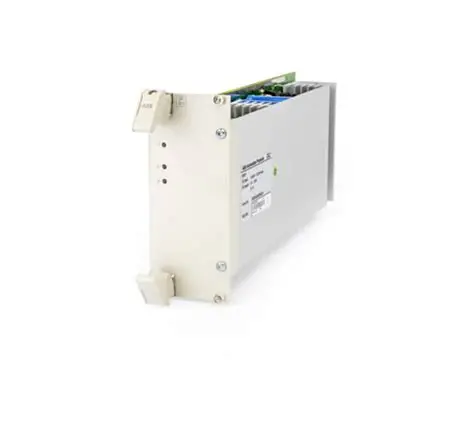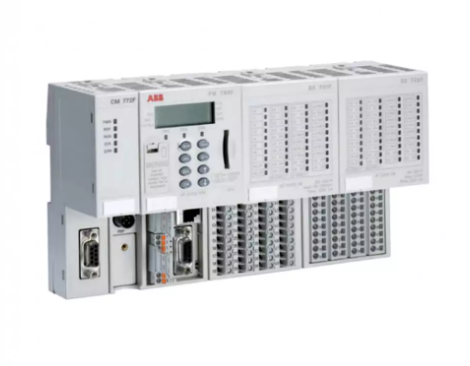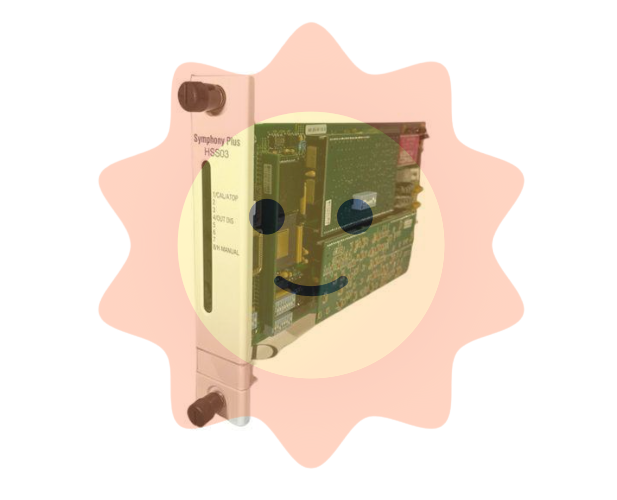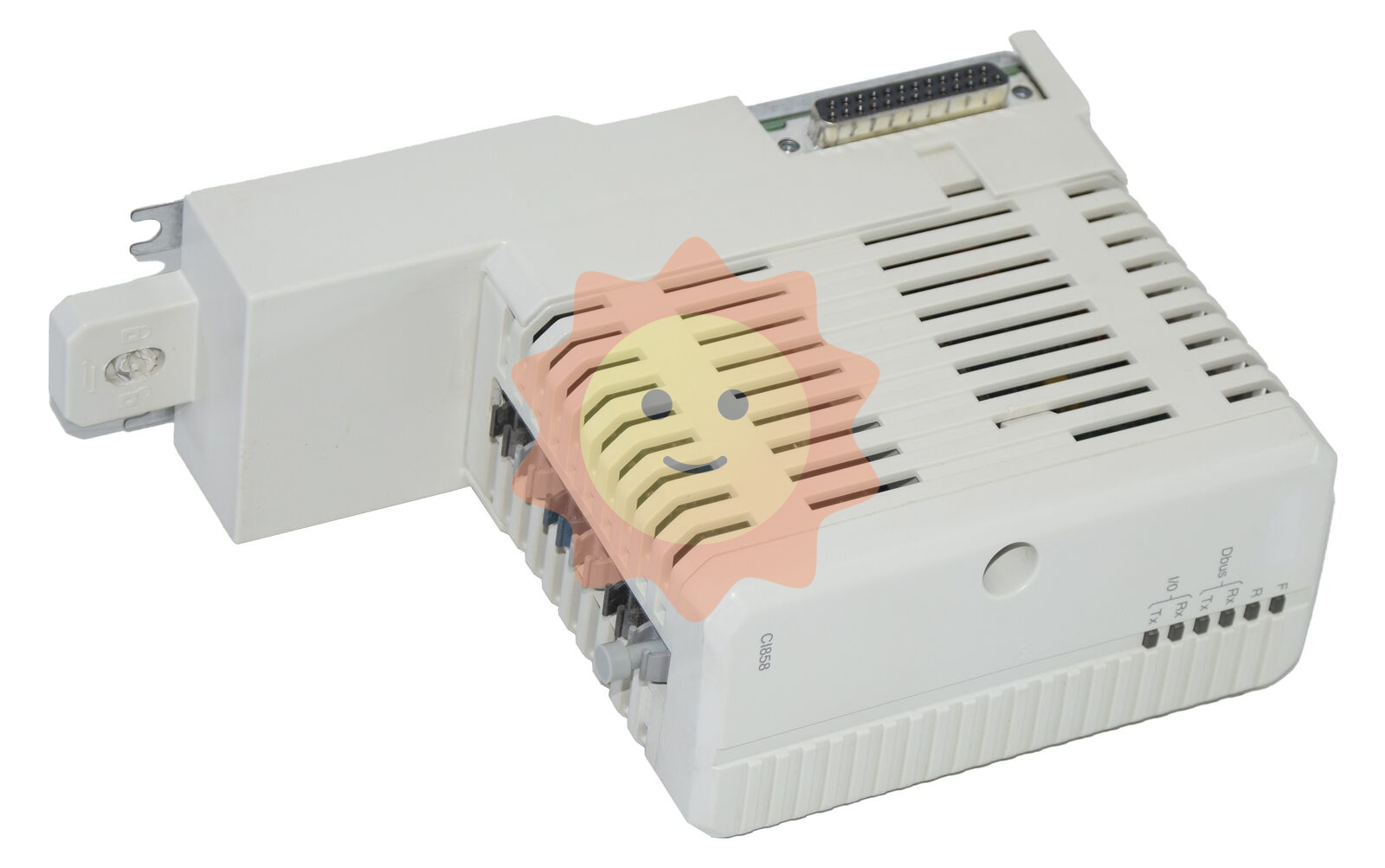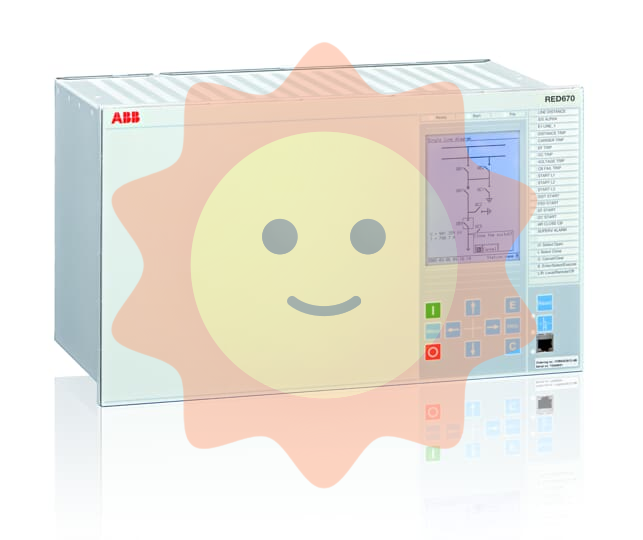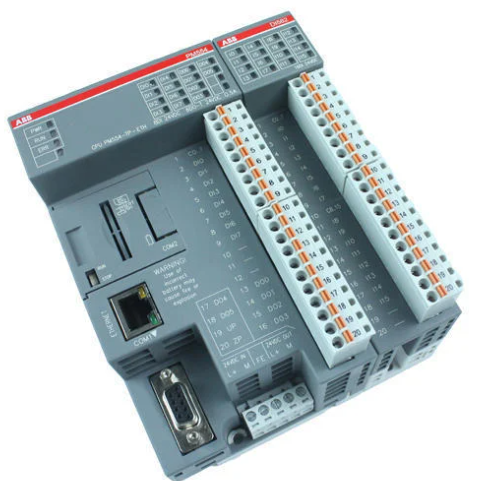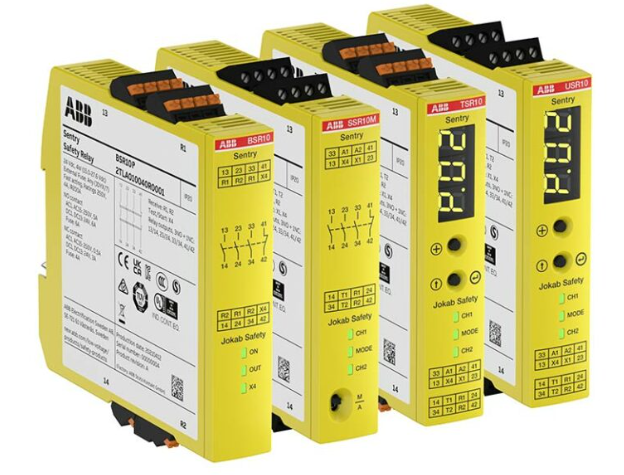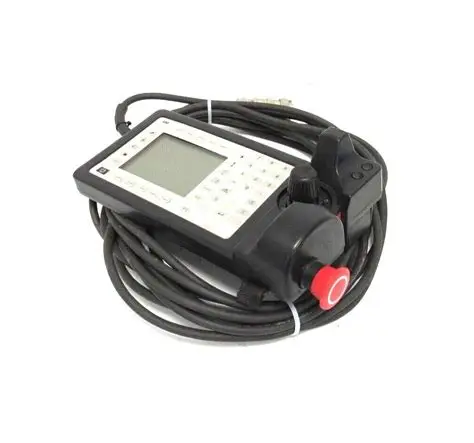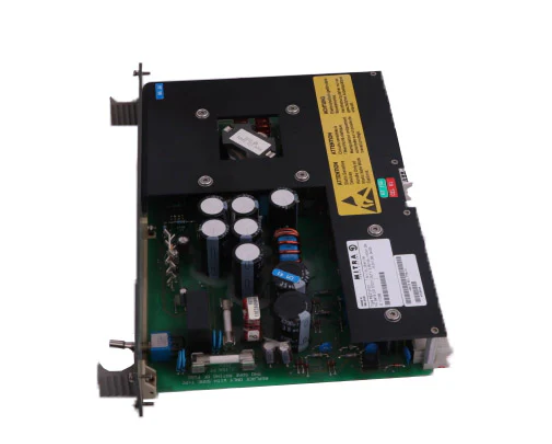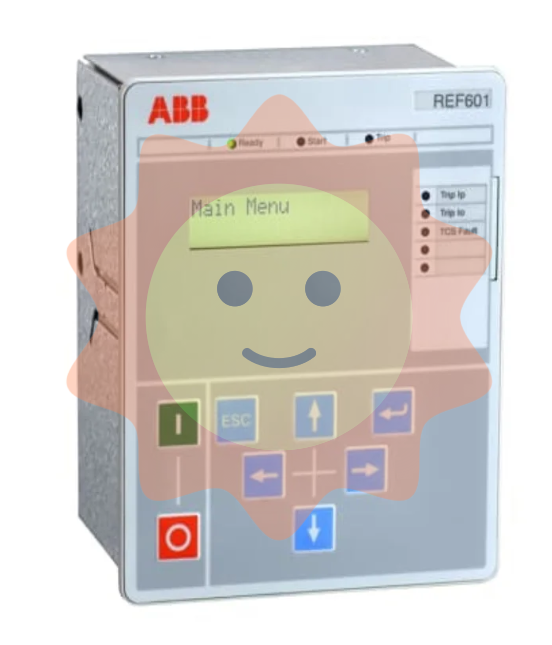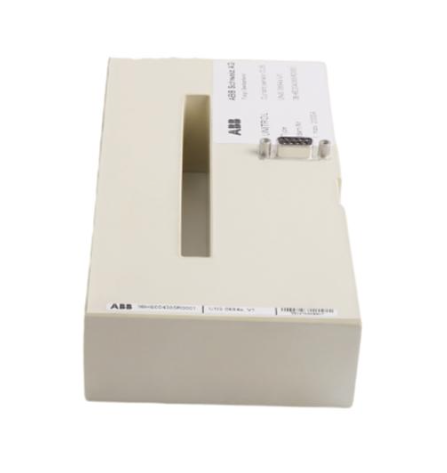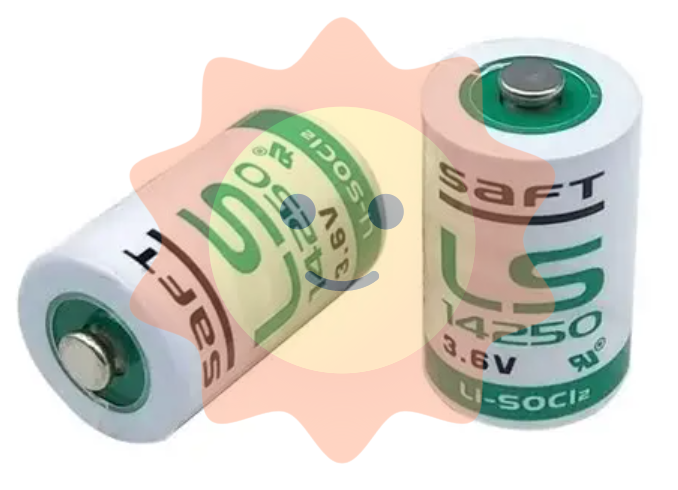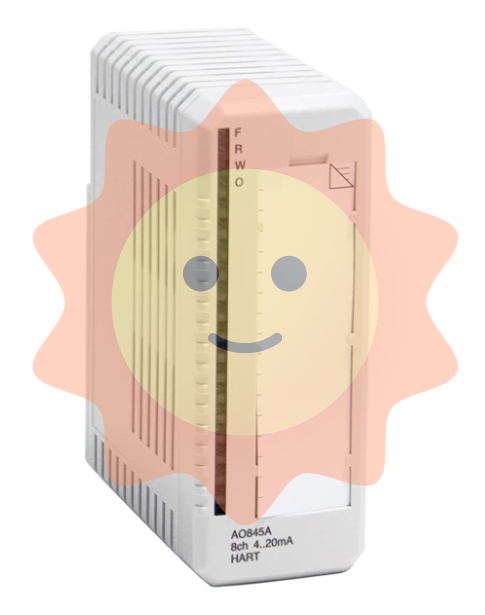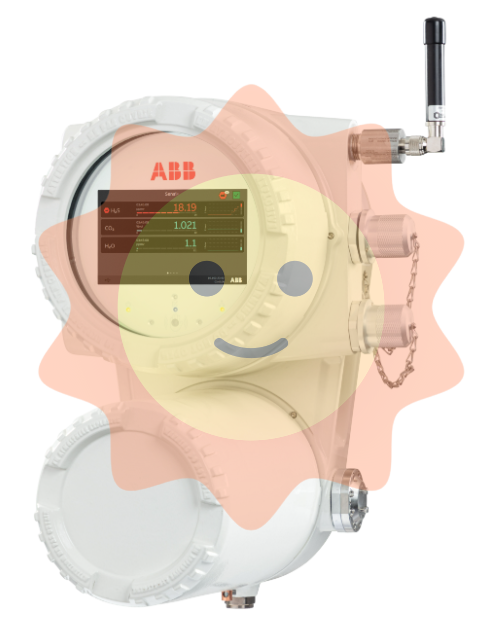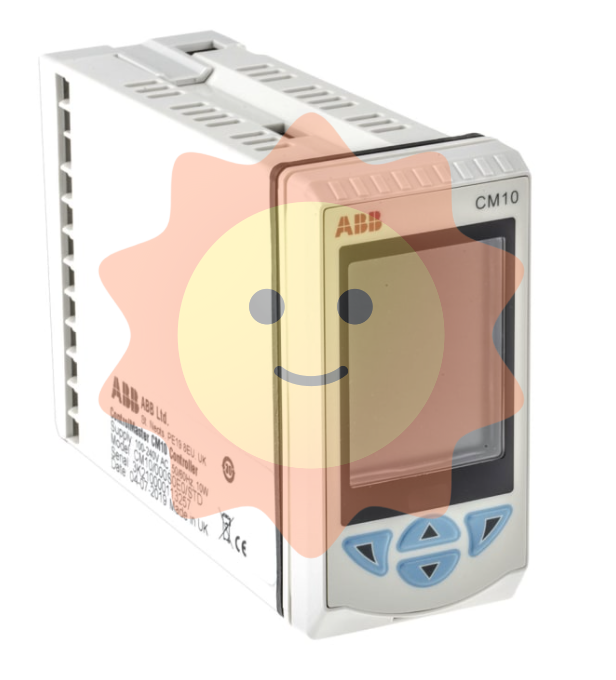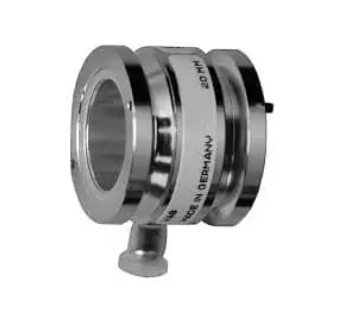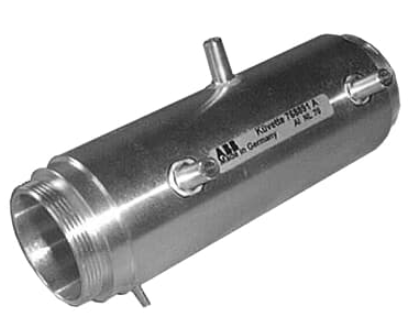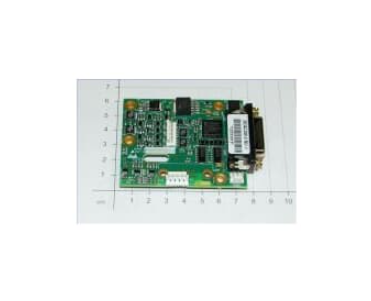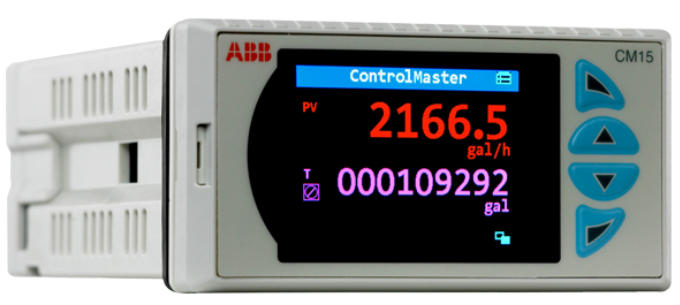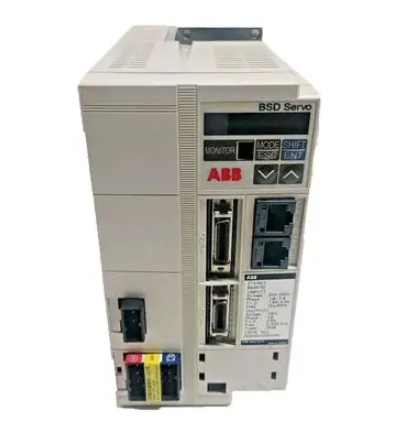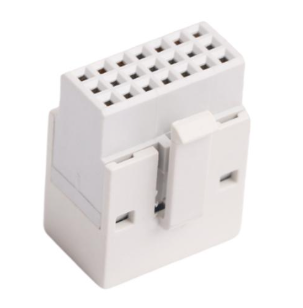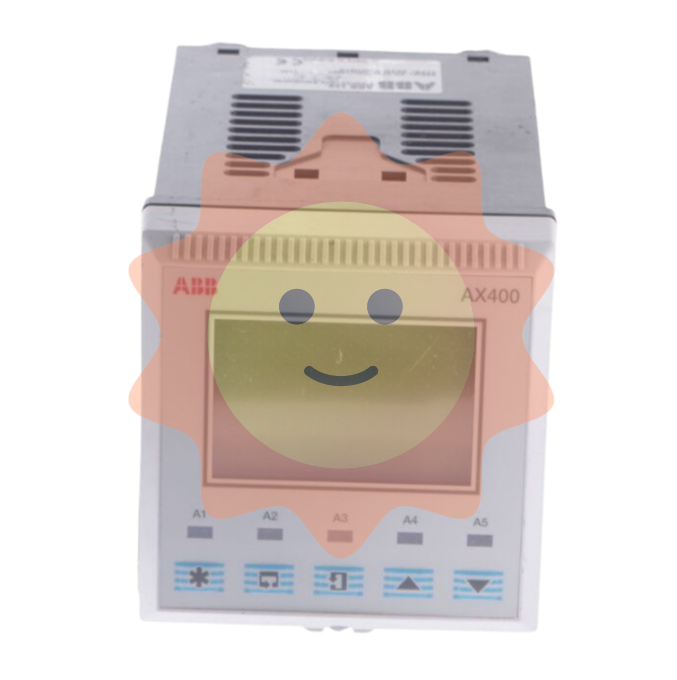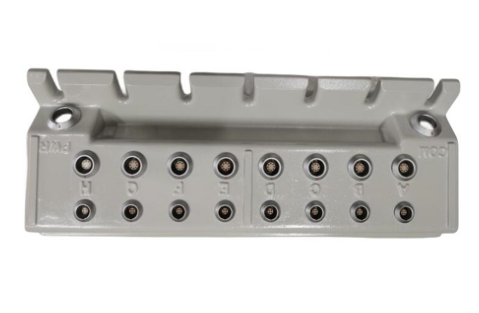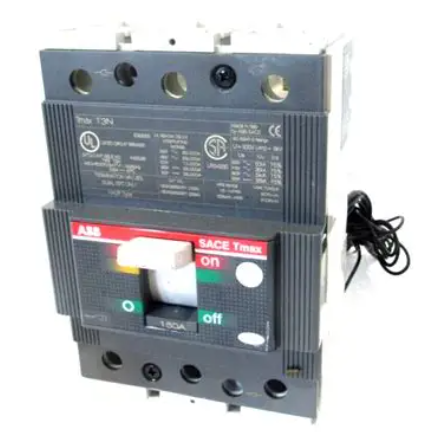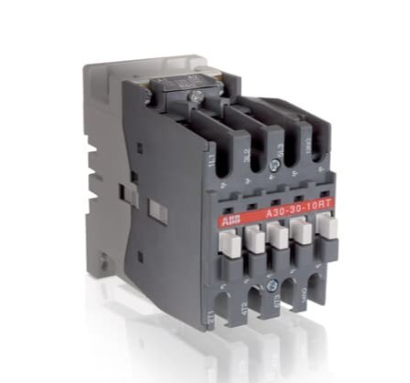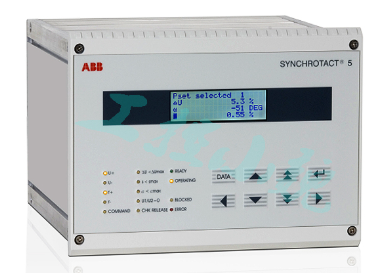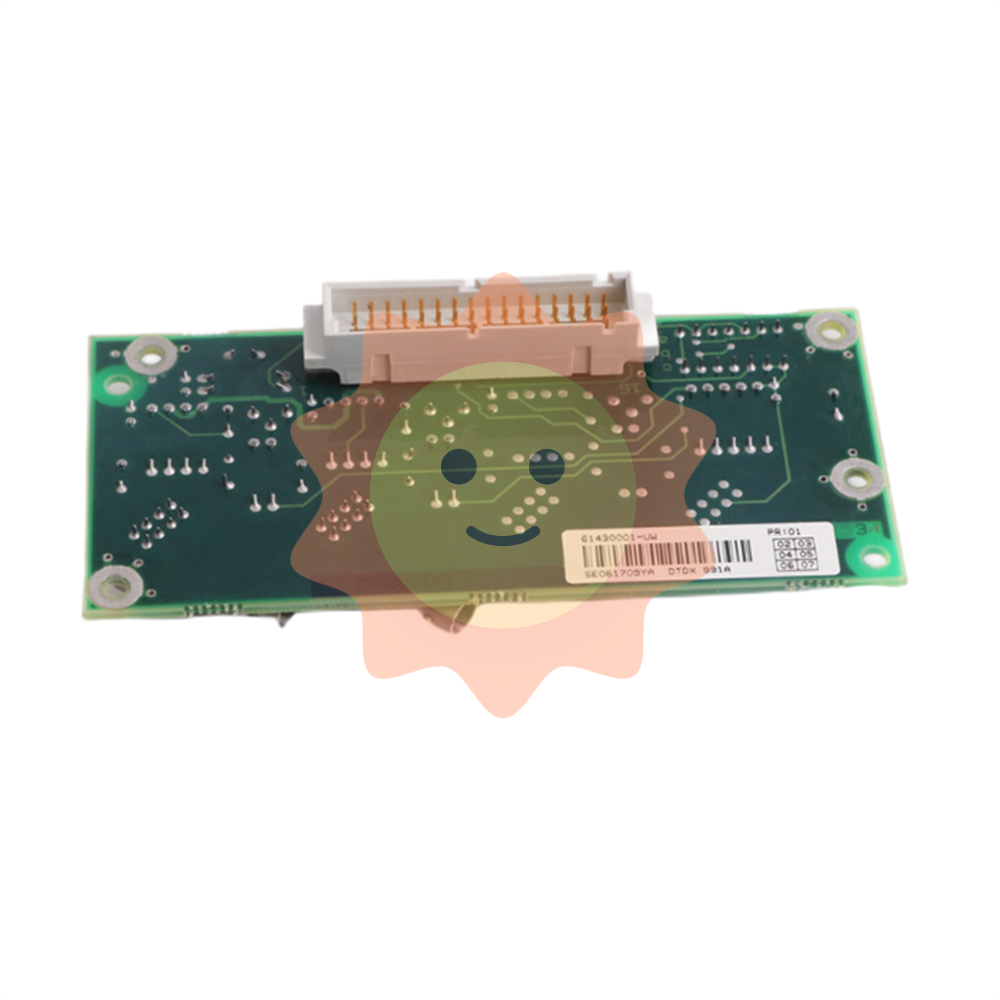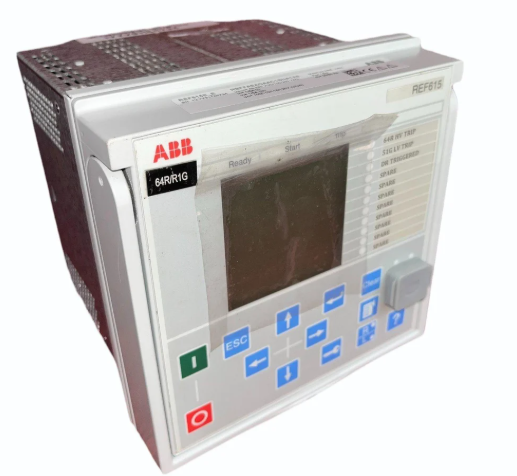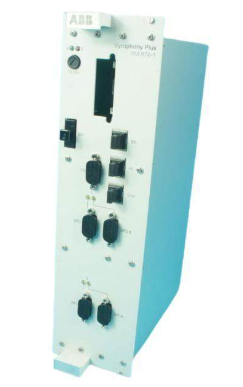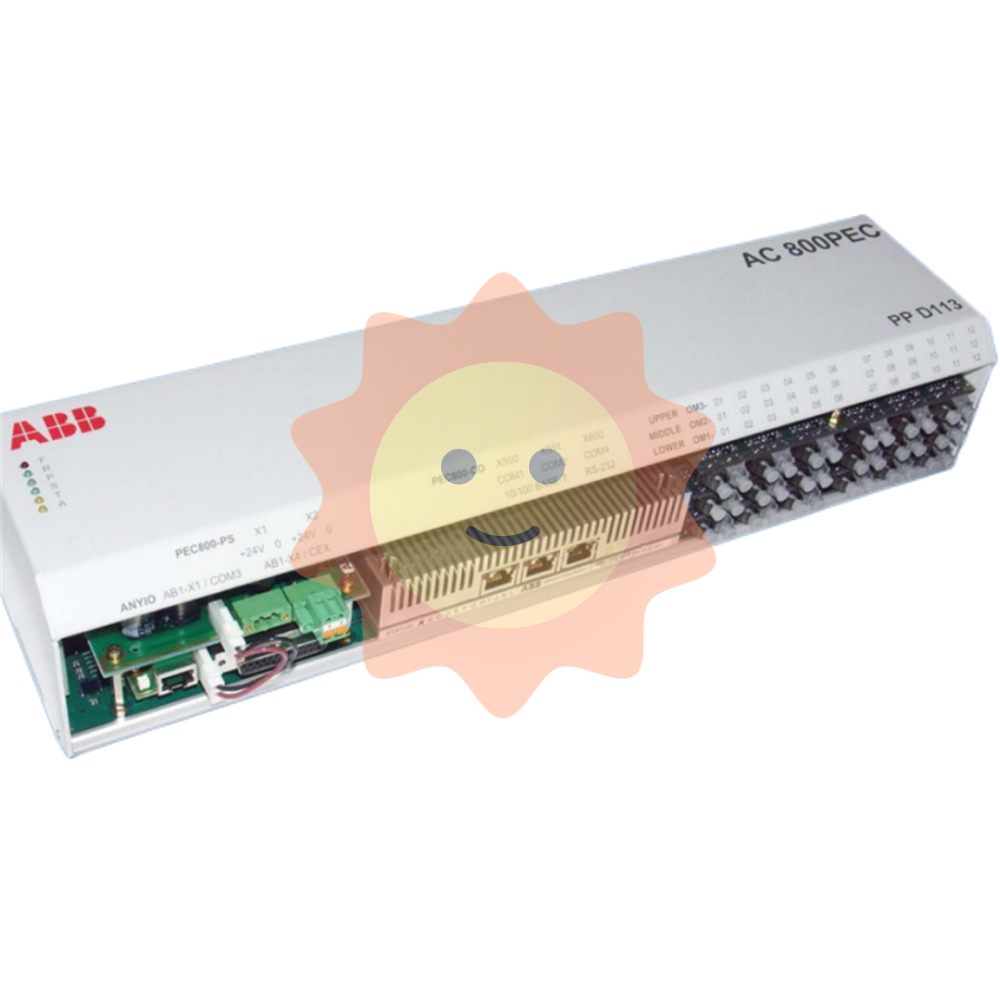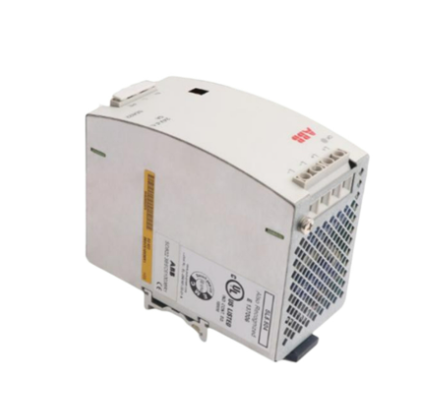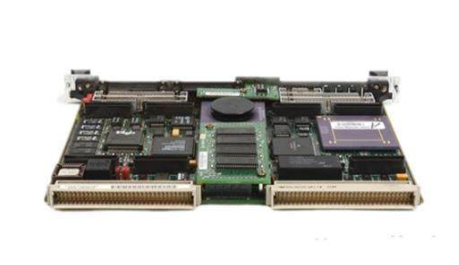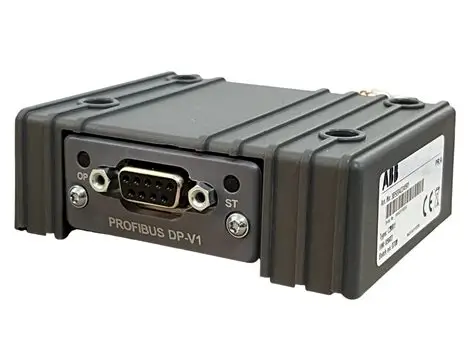Wind power generation principle and wind power generation process
First, the basic principle and composition of wind power generation
1. Principles
The kinetic energy of the wind is converted into mechanical kinetic energy, and the mechanical energy is converted into electric kinetic energy, which is wind power. The principle of wind power generation is to use the wind to drive the rotation of the windmill blades, and then increase the rotation speed through the speed reducer to promote the generator to generate electricity. Based on current windmill technology, a breeze speed (the degree of breeze) of about three meters per second can start generating electricity. Wind power is creating a boom around the world because it does not require the use of fuel and produces no radiation or air pollution.
2. Wind power generation device composition
The device required for wind power generation is called a wind turbine. This kind of wind turbine can be divided into three parts: wind turbine (including tail rudder), generator and tower. (Large wind power stations basically do not have a tail rudder, generally only small (including domestic) will have a tail rudder)
2.1 Wind Turbine
The wind wheel is an important part that converts the kinetic energy of the wind into mechanical energy. It consists of two (or more) propeller-shaped impellers. When the wind blows to the blade, the blade generates aerodynamic force to drive the wind wheel. The material of the blade requires high strength and light weight, and is currently made of fiberglass or other composite materials (such as carbon fiber). (Now there are some vertical wind wheels, S-shaped rotating blades, etc., whose role is also the same as that of conventional propeller blades)
Because the speed of the wind wheel is relatively low, and the size and direction of the wind often change, which makes the speed unstable; Therefore, before driving the generator, it is necessary to attach a gear gearbox that increases the speed to the rated speed of the generator, and then add a speed regulating mechanism to keep the speed stable, and then connect to the generator. In order to keep the wind wheel always aligned with the wind direction for maximum power, it is also necessary to install a tail rudder similar to a wind vane behind the wind wheel.

2.2 Iron Tower
The tower is the frame that supports the wind wheel, the tail rudder and the generator. It is generally built relatively high, in order to obtain a larger and more uniform wind, but also to have sufficient strength. The height of the tower depends on the influence of the ground obstacles on the wind speed and the diameter of the wind wheel, generally within the range of 6-20 meters.
2.3 Generator
The role of the generator is to transfer the constant speed obtained by the wind wheel to the uniform operation of the power generation mechanism through the acceleration, thus converting the mechanical energy into electrical energy.
Second, wind farm composition
1. Wind power fleet
2. Power collection part
3. Step-up substation (there may be more than one level of step-up on land, there may be centralized control center at sea)
Booster transformer
Reactive compensation devices (capacitors, reactors, static reactive compensation devices, filters)
4. Wind farm management system
3. Schematic diagram of wind power system
The grid-connected wind power generation system, which consists of wind farm A, step-up substation B and transmission line L, sends wind power into the power network through PCC nodes and then supplies to users. The PCC node is the connection point between the wind farm and the power grid, also known as the public connection point. Usually the first pole is located at the exit of the step-up substation, and sometimes it can be set at the end of the line.
Fourth, the structure, principle and components of wind turbine
4.1 Structure
It is usually composed of wind wheels (including blades, hubs, etc.), transmission systems (mainshafts, main bearings, gearboxes and connecting shafts, mechanical brakes), yawing systems, electrical systems (generators, control systems, capacitance compensation cabinets and transformers) and machinery rooms.
4.2 Principles
First, wind energy is converted into mechanical energy by wind turbines, and then mechanical energy is converted into electrical energy by means of generators. Because the speed of the wind wheel is generally low (a few revolutions per minute to tens of revolutions), and the speed of the generator is usually very high (generally more than 1000 revolutions per minute), it is necessary to change speed through the gearbox.
4.3 Components
It is composed of blade, hub, spindle, pitch adjustment mechanism (electric servomechanism), yaw mechanism (electric servomechanism), brake, brake mechanism, wind speed sensor, generator, grid-connected switch, soft grid-connected device, frequency converter, control system, reactive power compensation equipment main transformer, speed sensor.
5, wind turbine with asynchronous machine characteristic curve
The electromagnetic torque of asynchronous machine is reversed in supersynchronous state (generator) and sub-synchronous state (motor). Reactive power increases with the increase of absolute slip in both supersynchronous and sub-synchronous states. The larger the output active power and the higher the rotational speed, the greater the absorbed reactive power.
- EMERSON
- Honeywell
- CTI
- Rolls-Royce
- General Electric
- Woodward
- Yaskawa
- xYCOM
- Motorola
- Siemens
- Rockwell
- ABB
- B&R
- HIMA
- Construction site
- electricity
- Automobile market
- PLC
- DCS
- Motor drivers
- VSD
- Implications
- cement
- CO2
- CEM
- methane
- Artificial intelligence
- Titanic
- Solar energy
- Hydrogen fuel cell
- Hydrogen and fuel cells
- Hydrogen and oxygen fuel cells
- tyre
- Chemical fiber
- dynamo
- corpuscle
- Pulp and paper
- printing
- fossil
- FANUC
- Food and beverage
- Life science
- Sewage treatment
- Personal care
- electricity
- boats
- infrastructure
- Automobile industry
- metallurgy
- Nuclear power generation
- Geothermal power generation
- Water and wastewater
- Infrastructure construction
- Mine hazard
- steel
- papermaking
- Natural gas industry
- Infrastructure construction
- Power and energy
- Rubber and plastic
- Renewable energy
- pharmacy
- mining
- Plastic industry
- Schneider
- Kongsberg
- NI
- Wind energy
- International petroleum
- International new energy network
- gas
- WATLOW
- ProSoft
- SEW
- wind
- ADVANCED
- Reliance
- YOKOGAWA
- TRICONEX
- FOXBORO
- METSO
- MAN
- Advantest
- ADVANCED
- ALSTOM
- Control Wave
- AB
- AMAT
- STUDER
- KONGSBERG
- MOTOROLA
- DANAHER MOTION
- Bently
- Galil
- EATON
- MOLEX
- Triconex
- DEIF
- B&W
- ZYGO
- Aerotech
- DANFOSS
- KOLLMORGEN
- Beijer
- Endress+Hauser
- MOOG
- KB
- Moxa
- Rexroth
- YAMAHA
- Johnson
- Westinghouse
- WAGO
- TOSHIBA
- TEKTRONIX


Email:wang@kongjiangauto.com



